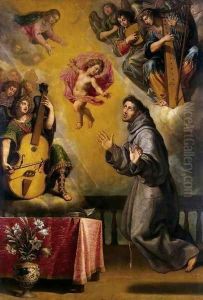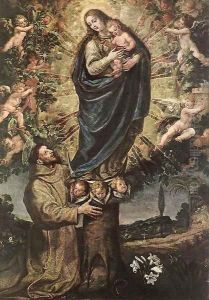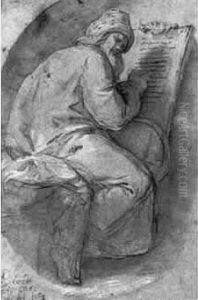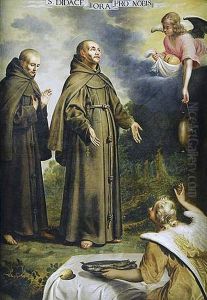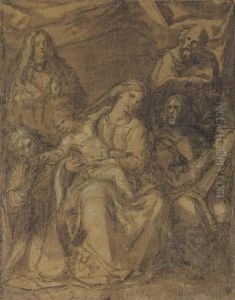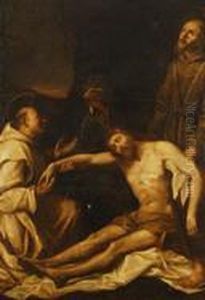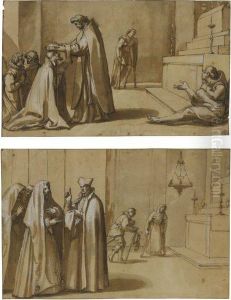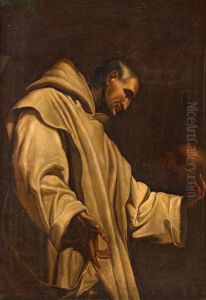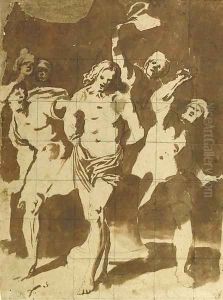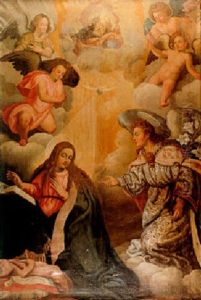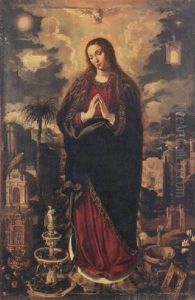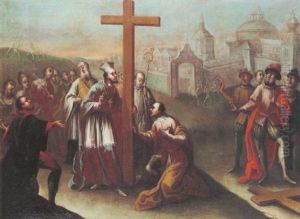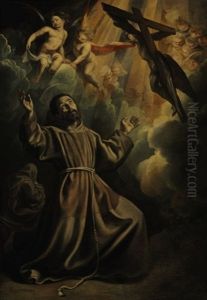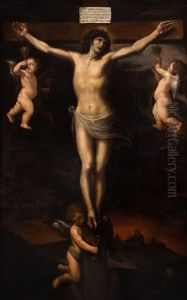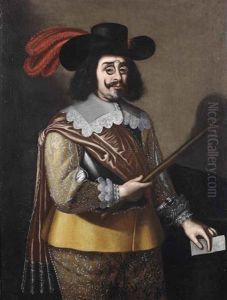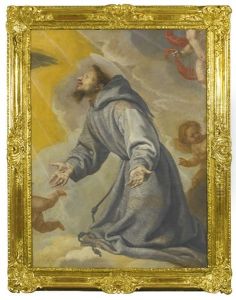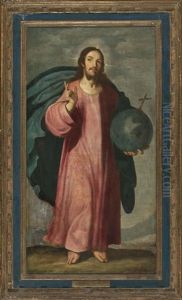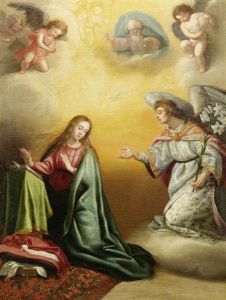Vicente Carducho Paintings
Vicente Carducho, born as Vincenzo Carducci in Florence, Italy, was a prominent Baroque painter of the Spanish school. Moving to Spain at a young age, he became deeply integrated into the Spanish art scene, significantly influenced by the Counter-Reformation's call for religious art that communicated the Catholic faith effectively and emotively. Carducho's move to Spain was facilitated by his brother, Bartolomeo Carducci, also an artist, who had established himself at the Spanish court. Vicente's work soon caught the attention of the Spanish monarchy and the religious elite, leading to numerous commissions that would define his career.
Carducho's oeuvre includes a wide range of subjects, from religious themes, which were predominant due to the era's demands, to portraits and historical scenes. Perhaps his most significant contribution to art was his work at the Monastery of El Escorial, where he executed a series of paintings that stood as a testament to his skill in conveying complex theological concepts through art. His style evolved over his career, initially reflecting the influence of his Italian roots and gradually incorporating the more somber and dramatic elements characteristic of Spanish Baroque.
In addition to his painting, Vicente Carducho was also an articulate theorist. His written work, 'Diálogos de la pintura' (1633), serves as a valuable source for understanding the art and aesthetics of his time. In this treatise, he argued for the intellectual and moral purposes of painting, elevating the artist's status from mere craftsman to a learned professional. This work reflects the broader intellectual currents of the Baroque period, where artists were increasingly seen as intellectuals and their work as a form of scholarly discourse.
Carducho's legacy extends beyond his paintings and writings. He played a critical role in the development of the Spanish school of painting, influencing subsequent generations of artists. His emphasis on the narrative and didactic potential of art resonated with the Counter-Reformation's objectives, aligning his work with the broader cultural and religious movements of his time. Despite facing competition from contemporaries such as Diego Velázquez, Carducho's body of work and his intellectual contributions have secured him a permanent place in the history of Spanish art.
